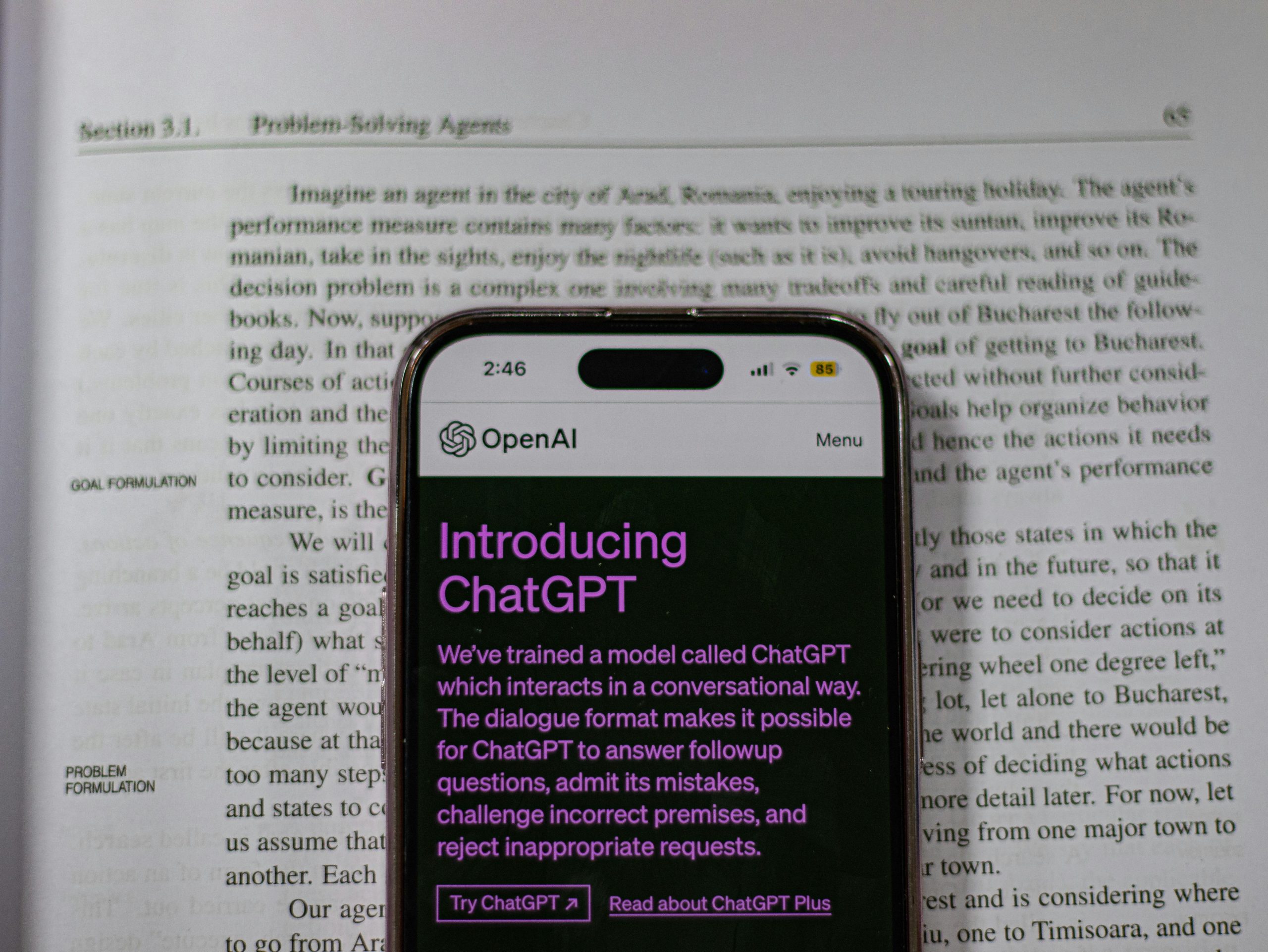Understanding Why Large Language Models Struggle to Count the Letter ‘R’ in “Strawberry”
Understanding Why Large Language Models Struggle with Simple Counting Tasks like the R in “Strawberry”
In recent discussions, you might have seen jokes or jokes circulating about how artificial intelligence models, particularly Large Language Models (LLMs), often stumble when asked to perform straightforward tasks such as counting the number of R’s in the word “Strawberry.” But what’s behind this seemingly basic failure?
A Closer Look at How LLMs Process Text
LLMs operate by transforming input text into a series of small units known as “tokens.” These tokens could be words, parts of words, or even individual characters, depending on the tokenization approach. Once tokenized, each piece is converted into a high-dimensional numerical representation called a “vector.” These vectors capture the semantic and contextual information of the tokens and are processed through the model’s layers to generate responses.
Why Counting Letters in Words Isn’t a Built-In Skill
Crucially, LLMs are not designed as character-level counters. Their primary strength lies in understanding language context, predicting text, and capturing patterns across vast datasets. Because the vector representations focus on meaning and contextual relationships rather than exact character counts, the model doesn’t maintain explicit, precise information about individual letters or the number of specific characters within a word.
In essence, while humans naturally can count characters in a word, LLMs do not encode such granular, character-specific details within their representations. As a result, tasks like counting the number of R’s in “Strawberry” are inherently challenging for these models.
Visual and Conceptual Resources for Deeper Understanding
For those interested in exploring this concept further, there are detailed diagrams and explanations available online that illustrate how tokenization and vector representations work within LLMs. These resources shed light on the underlying mechanics that lead to such limitations.
Note: Due to platform restrictions, I cannot embed images directly here, but a recommended resource for exploring this topic is available at this link.
Conclusion
While LLMs are powerful tools capable of impressive language understanding, their design limitations mean they don’t handle simple character counts in words as humans do. Recognizing these constraints helps us appreciate both the capabilities and current boundaries of AI language models.
Interested in learning more about AI language models and their inner workings? Stay tuned for more insights and detailed analyses.














Post Comment